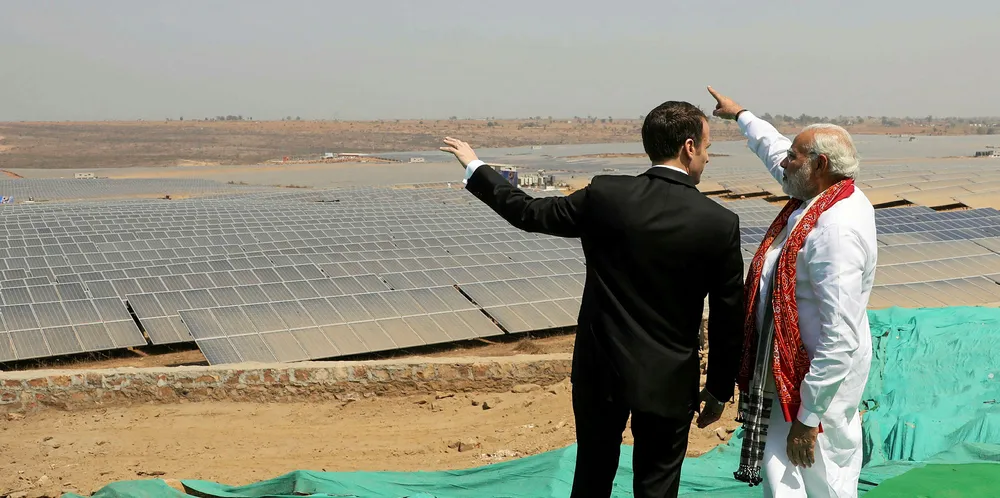Yes, solar's on a roll in India – but here's why it's too soon to write-off onshore wind
Land-based turbines still have a big part to play in a decarbonising Indian power sector, writes Sidharth Jain

Land-based turbines still have a big part to play in a decarbonising Indian power sector, writes Sidharth Jain
